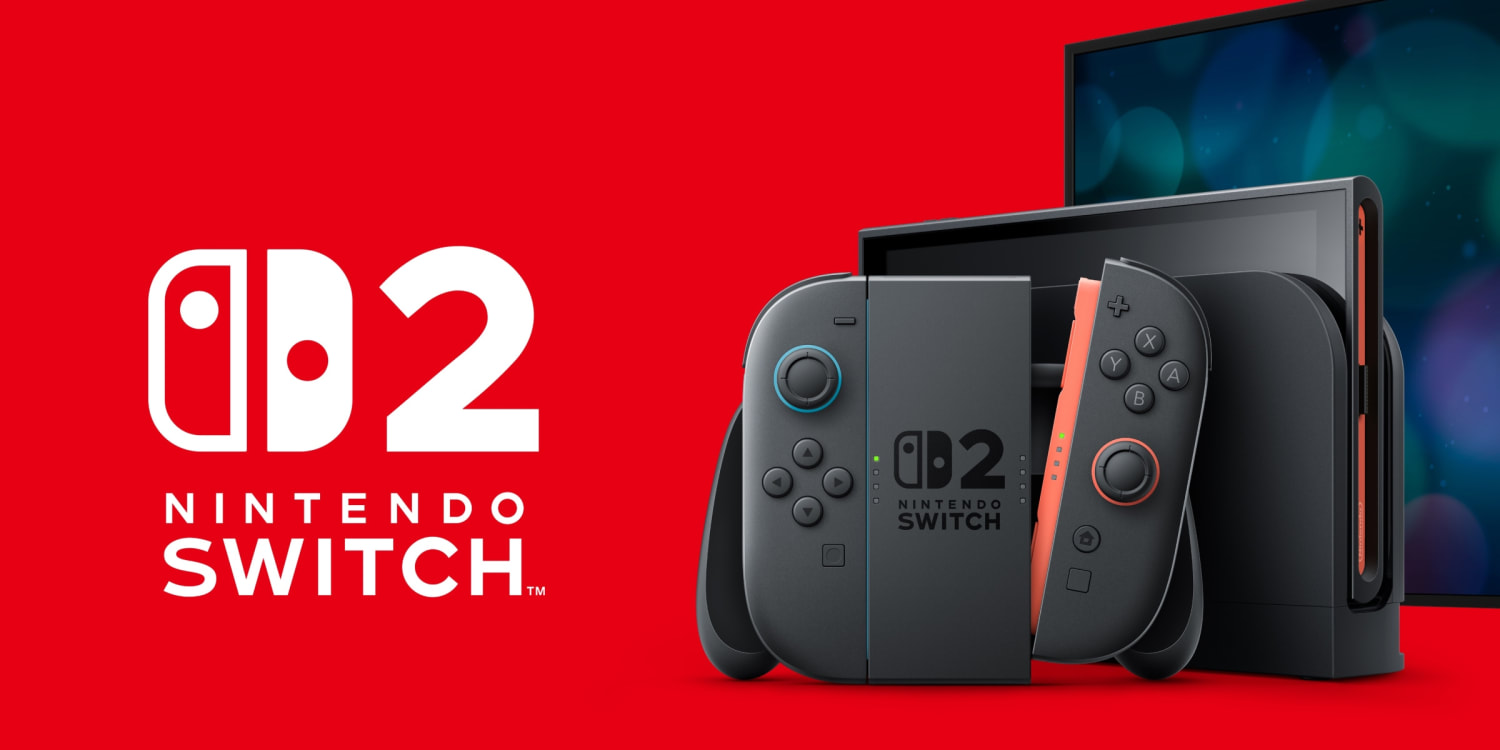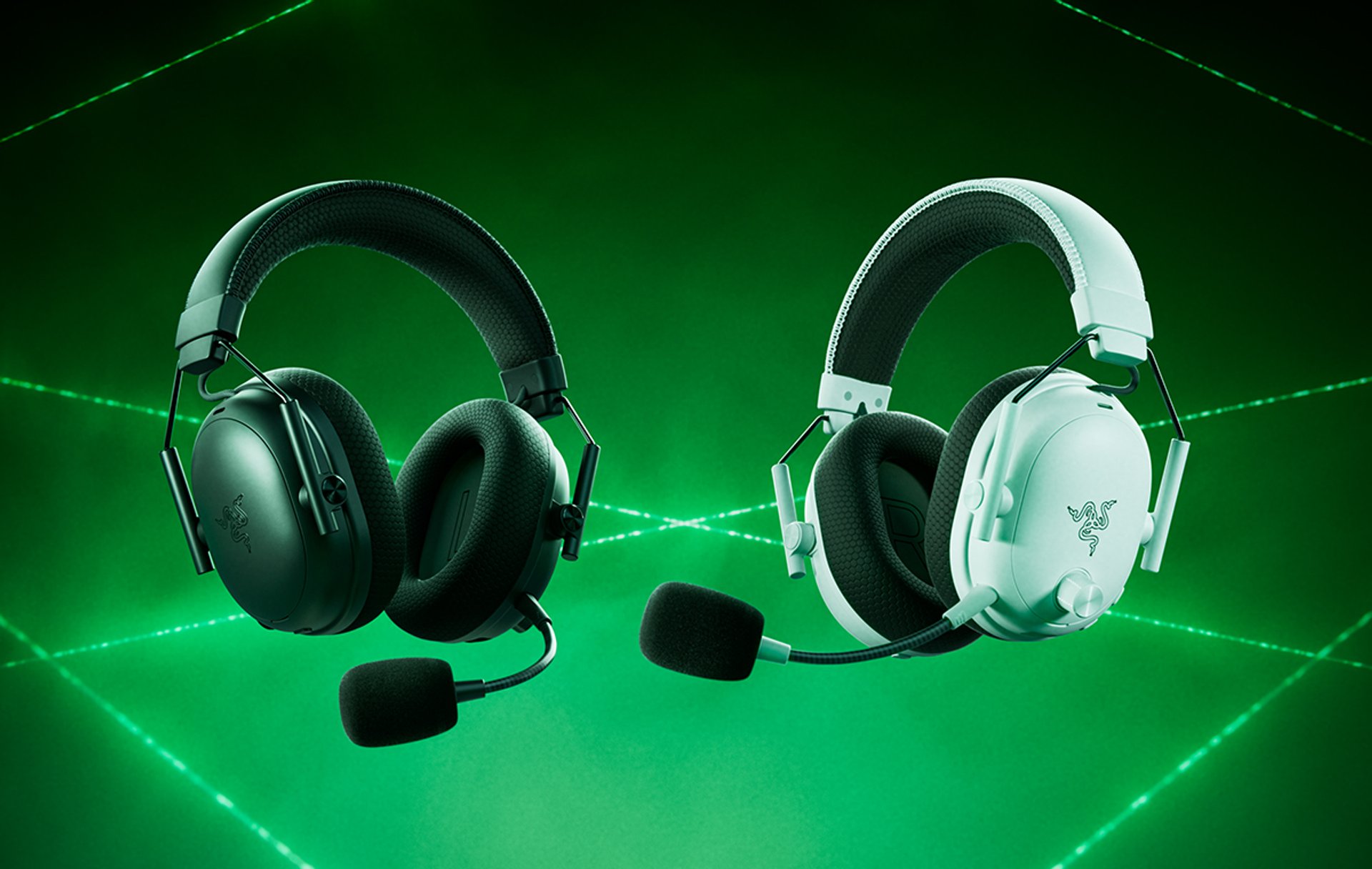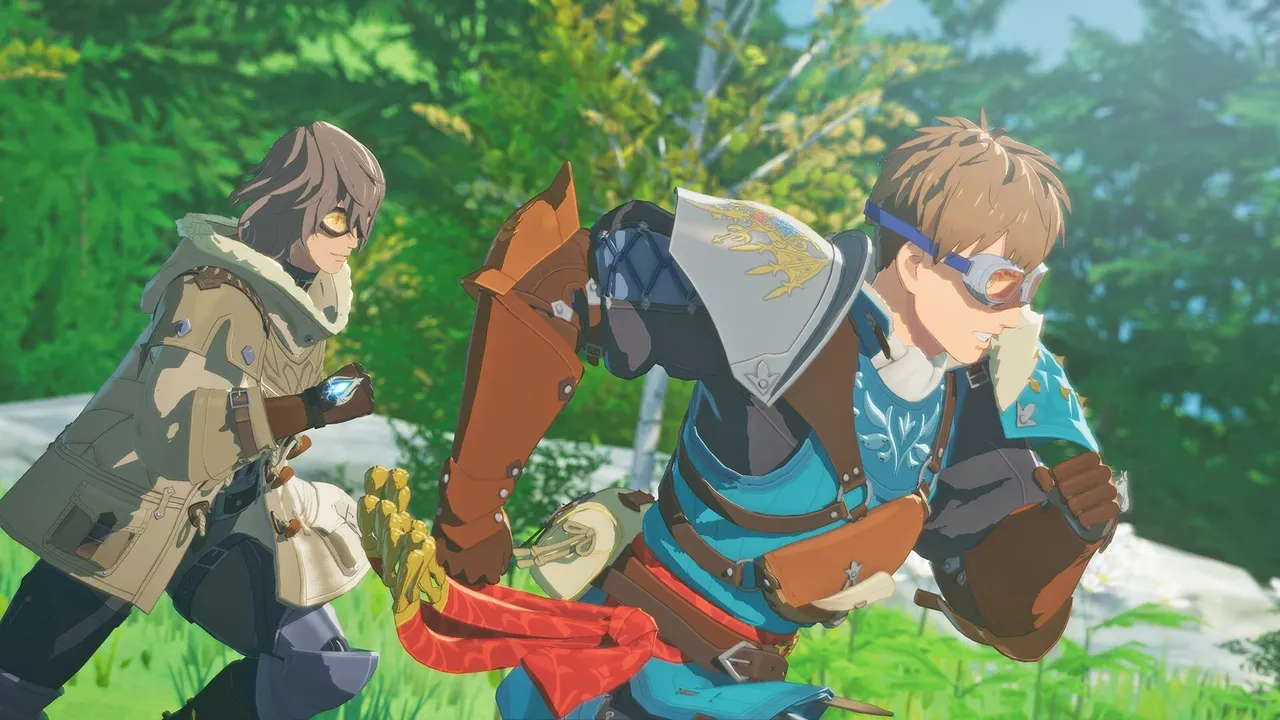Gamers with a nostalgic itch will be pleased to know that Nintendo Switch 2 now supports a proper CRT filter for Super NES classics, and it’s nothing short of transformative. With one simple settings toggle in the SNES Classics app, players can now relive games like Donkey Kong Country and The Legend of Zelda: A Link to the Past as they were originally intended — complete with scanlines, interlaced visuals, and the subtle blur that old-school CRT displays provided.
The update is part of Nintendo’s ongoing efforts to preserve the authentic look and feel of their classic library while embracing the conveniences of modern hardware. By addressing the disconnect between retro pixel art and modern HD displays, the new CRT filter corrects one of the most persistent problems in emulation: clarity where there should be softness.
Why CRT Filters Matter for Pixel Art Games
Retro games, especially those from the SNES era, were never designed with razor-sharp 4K displays in mind. Their pixel art was built around the quirks of CRT screens — the glow, the slight blur, and the blending of pixels that softened rough edges and added surprising depth to 16-bit visuals. Unfortunately, modern upscaling on flat panels strips these graphics of their charm, replacing warmth with harsh lines and contrast that the original artists never anticipated.
Nintendo’s CRT filter attempts to solve this problem by simulating the texture and characteristics of classic displays. The result? An experience that’s visually closer to the original console than ever before — all without the hassle of finding and hauling around a heavy CRT television. For preservationists, purists, or simply nostalgic fans, this is a win.
How to Enable the CRT Filter on Switch 2
Accessing the new feature is refreshingly simple. If you have a Nintendo Switch Online subscription, just open the SNES Classics app on your Switch 2, navigate to the settings menu, and toggle the “CRT filter” option. You’ll instantly notice the difference — scanlines reappear, pixel transitions smooth out, and the games regain the visual flair that’s been missing in modern re-releases.
To see the filter in action, Nintendo has provided side-by-side screenshots of Donkey Kong Country and A Link to the Past, comparing the raw pixel output with the CRT effect. The differences may seem subtle to the untrained eye, but longtime fans will recognize a more faithful representation of what these games once looked like on the living room TVs of the ’90s.
More Than Just SNES — GameCube and N64 Get the Treatment Too
It’s not just SNES games that benefit from this visual enhancement. Nintendo confirms that the CRT filter also extends to titles from the Nintendo 64 and GameCube libraries available via the Switch Online + Expansion Pack. That means games like Super Mario 64, F-Zero GX, and Metroid Prime can also enjoy this visual fidelity boost — an especially welcome feature for players eager to revisit these classics without the distortion of modern displays.
There’s even a version of the updated SNES CRT filter now available on the original Nintendo Switch. However, visuals reportedly look significantly better on the Switch 2, thanks to the upgraded hardware and improved screen technology.
A Must-Try for Retro Gaming Fans
Whether you’re a longtime fan of retro gaming or someone curious about how these classics originally looked, the new CRT filter is a feature worth exploring. While some players may still prefer the clean lines and sharp pixels of modern rendering, the option to toggle a more authentic look adds welcome versatility to the experience.
And with new SNES titles like Mario Paint being added to the library, there’s no better time to dive in. So dust off that virtual controller and see your favorite games through a new — or rather, old — lens.
Nintendo’s latest quality-of-life update proves once again that they understand the power of nostalgia — and that sometimes, the best way forward is by looking back.



